Trekking in Nepal- A complete guide
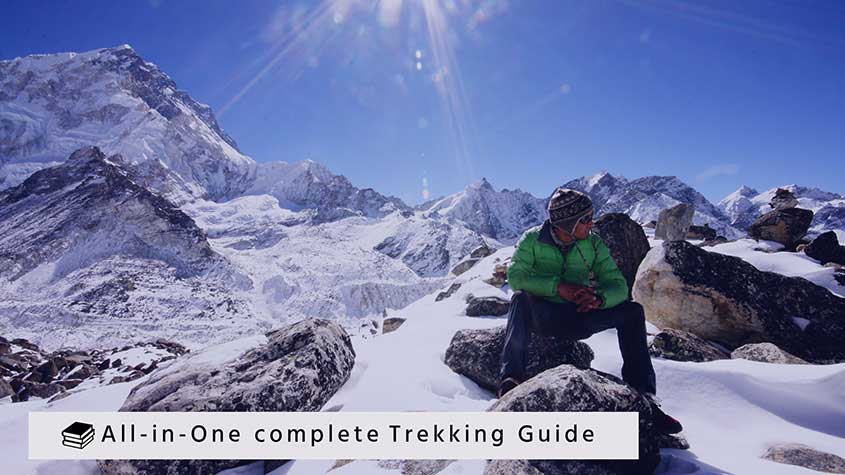
- 28-Mar-2017
- 0
“Life for eternity has always found its grandeur and its reality in its ecstatic adventures.”
Frankly speaking, anyone who dreams of visiting Nepal surely wants to explore its exquisite trekking destinations with exceptional natural sceneries and cultural diversities. It’s been a fact about Nepal for some time now that the Himalayas have been a major element in drawing more than 200,000 visitors every year. Anyone who wanders into it receives a never forgetting memory filled with brightly festooned prayer flags, an isolated culture, primordial monasteries, mystical divine destinations, and gleaming white mountain peaks. But before you actually step a foot in this utopia of mesmerizing exquisiteness, you probably have many questions and queries which may make you a bit sore for your travel to Nepal.
For that exact reason, we have taken our time out to write an “All in one complete trekking guide” for travelers like you. So take a look below and get a reflective insight on trekking in Nepal.
What exactly is Trekking?
Trekking-in basic terms may simply come up to travelers as an activity of going on a long stimulating journey, typically by walking. But trekking as in general has much additional distinctive meaning to everybody. In Nepal trekking is decisively thought of as a noteworthy part of the country's economy as when trekkers and explorers visit Nepal they end up paying for many services including trekking. Commonly in Nepal, a large number of people depend upon trekking as an employment opportunity which later on helps them to progress and earn their living.
When to visit?
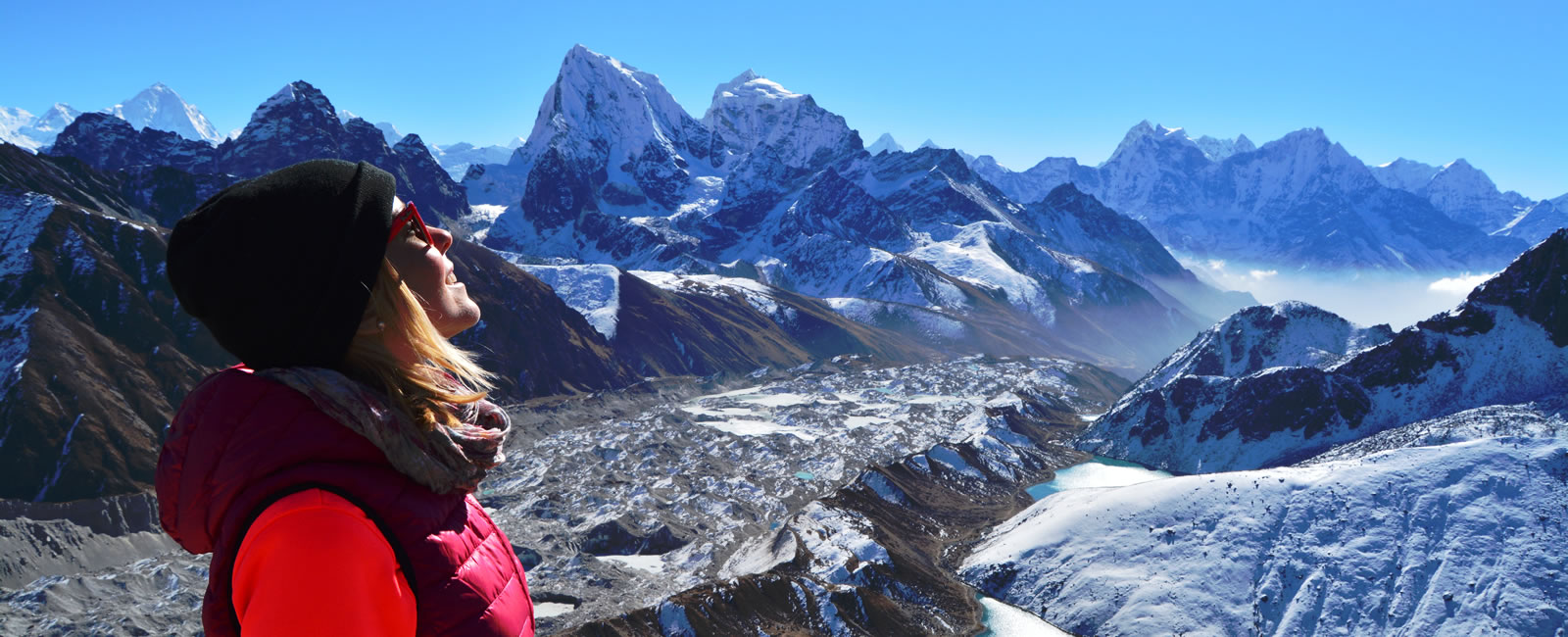
Above all else, let me reveal to you that Nepal has numerous special trekking destinations which can be trekked upon all year round yet in the end it is you who can make a difference by choosing a specific trek of your liking. Just so you know, Nepal's climatic conditions are erratic and can change whenever however for the most part the months from mid-September to November are favored as the best months for your visit. With unbelievable all-encompassing views of incredible landscape and the Himalayan mountains, these are the ideal months additionally the busiest (obviously). Presently in scrutiny, many travelers also consider March to Mid-May as the second-best time to go for trekking as temperatures are hotter but there are high probabilities of cloudy visibility.
Solo Trek or Guided Trek
For a safe and secure mountain vacation, having a remarkable and experienced trekking guide can be very useful. Solo trekking may sound incredibly adventurous to roam alone but remember if anything goes wrong you have no one to depend upon except yourself. Obviously, the trail to major trekking courses to Everest Base Camp, Annapurna Base camp and Langtang Valley, and so on are anything but difficult to experience. When you are a part of a guided trek, you can easily be assumed to be on the right track and if any emergencies arise, there are people ready to help you till the end. We recommend that employing a guide and porter is a basic requisite for trekking in Nepal. You can just book a flight here and when you reach here, then you can go and look for some local trekking companies to provide you with experienced professional guides.
Choosing the right trek
As of now, you must be wondering which trek shall you choose for that perfect dream-like scenery and adventure. So for that, we have noted some of the most popular and adventurous treks below for you to choose from.
1. Annapurna Circuit

An astounding 55.8% of Nepal's 140,000 yearly trekkers trek the Annapurna Circuit. It's known for its diverse scenery, moving from wilderness forests to snow-filled areas, and involves a 125km circumnavigation of the stunning Annapurna range. Despite the debate over road development, the circuit's ubiquity is proof of its position as one of Nepal's greatest treks.
2. Annapurna Base Camp Trek
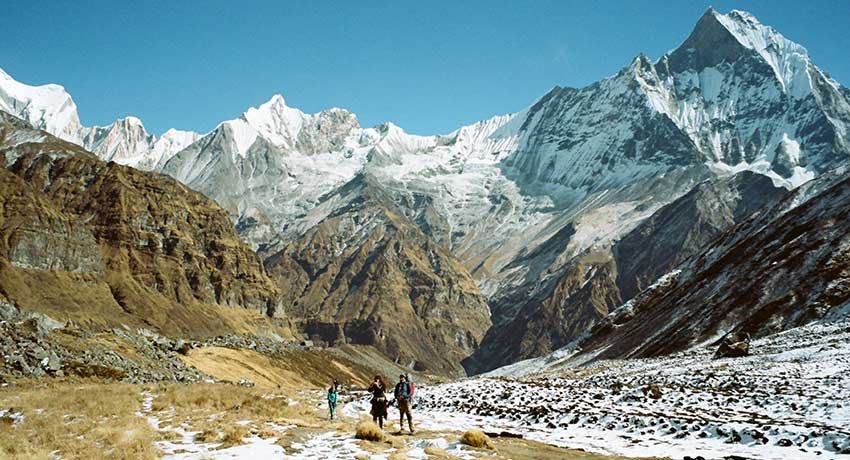
This fascinating trek takes you on trial with mountain peaks that are elevated over 7,000 meters above sea level which additionally allows you to visit the MBC (Machapuchare Base Camp) & ABC (Annapurna Base Camp). The Annapurna range shapes itself in a characteristical amphitheater with an alluring blend of soaked rocky strides and forested slopes with shading hovered by the Himalayan goliaths like the scandalous twin-crested Machapuchare.
3. Everest Base Camp Trek
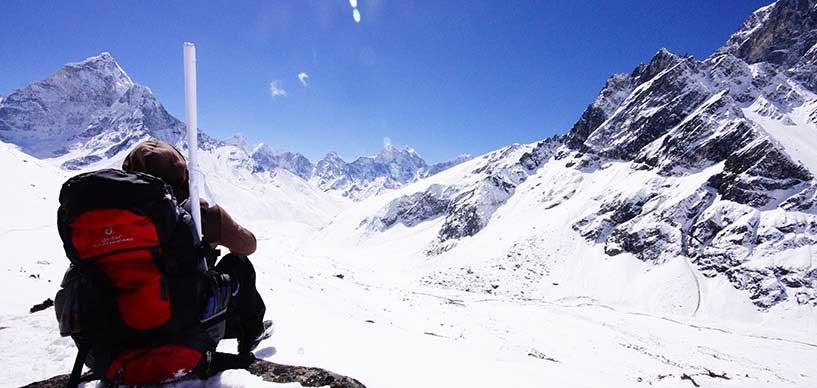
Everest, and the camp at its base that meets courageous climbers as they start and end their ultimate mountain adventure in the Khumbu region is one of the most trekked upon the destination in Nepal. Largely being popular for the world’s highest mountain, Mt. Everest, this trek has many other highlights too which can surprise trekkers on their way to the base camp. Like the festooned prayer flags, mani walls, and exquisite monasteries with a trail passing through the suspension bridges along the route.
4. Gokyo Lake Trek
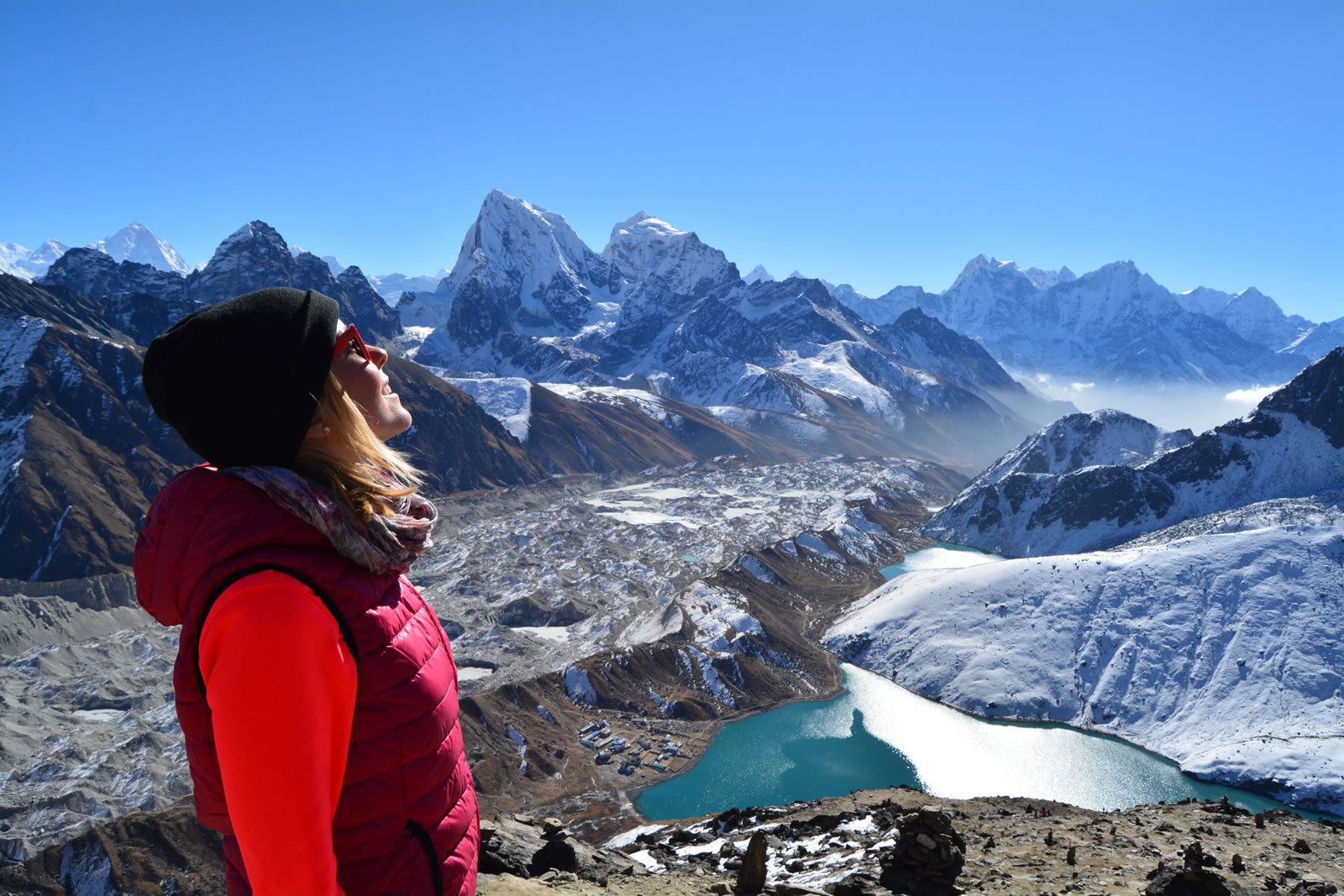
The Gokyo Lakes are situated at a very high altitude in the Khumbu region of eastern Nepal and are thought to be so clear with the turquoise-blue lake that they behave like a mirror mirroring the sky and the Himalayan mountains itself. The course to reach this magnificent lake takes trekkers through Sherpa heartland towns of Namche Bazaar and Dole before the climb of Gokyo Ri, whose summit offers clear perspectives of Everest's marvelous mass.
5. Poon Hill Trek
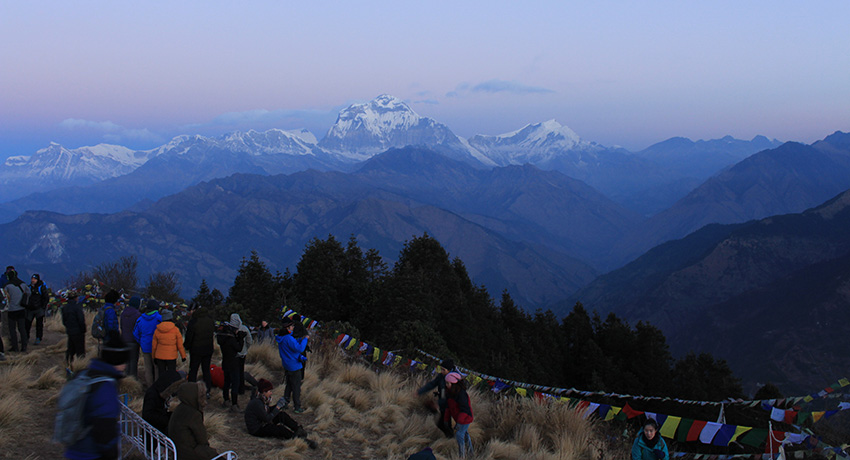
Poon Hill Trek is one of Nepal's least demanding/challenging trek and is a shorter, round course through hot springs and harmonious nearby towns. Also, the highlight of this entire trek is Poon Hill itself, where you can hold up and watch the sun come up uncovering the unparalleled perspectives of the Himalayan pinnacles. It is additionally a popular family trekking package.
6. Upper Mustang Trek
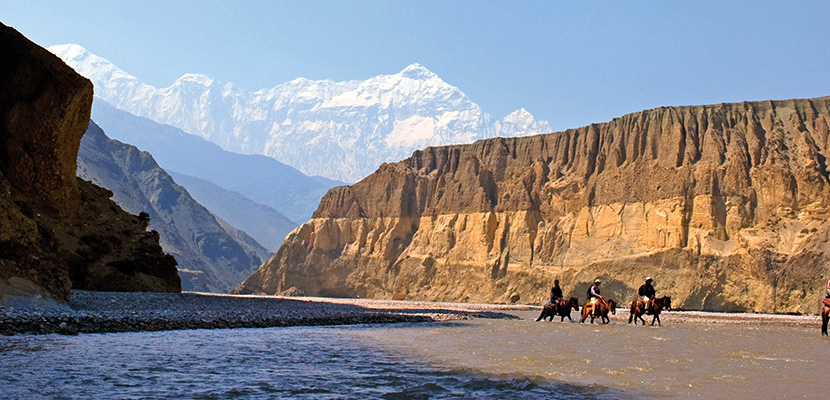
Upper Mustang which was opened for trekking in 1992 and remains socially elusive, will require a restricted area trekking permit to trek there. A previous kingdom, Mustang is a stream valley that pours down from Tibet; the scene of soak bluff dividers is unadulterated and theatrically scattered with antiquated cloisters and shrouded holes.
7. Langtang Trek
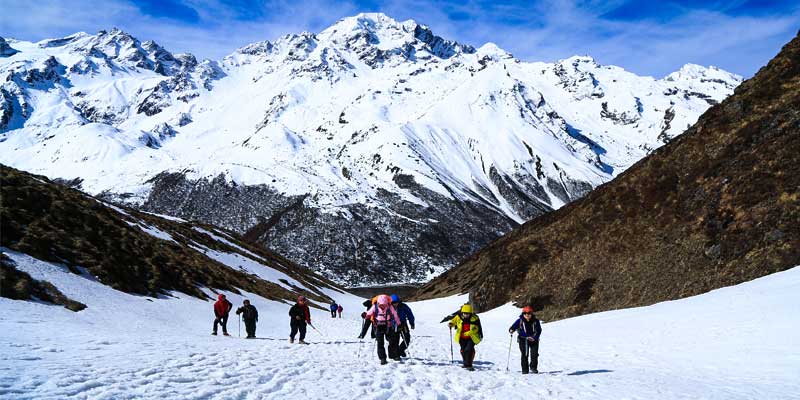
The Langtang Valley offers extraordinary trekking that keeps trekkers amused and just bristles from the Tibetan border. A shorter, effectively open trek, the Langtang Trek itself should be possible in a week and what it needs in super high mountain peaks, it compensates for it in astounding views of oaks and rhododendrons forests; delicate greenery and yaks trudging their direction home.
8. Kanchenjunga Trek
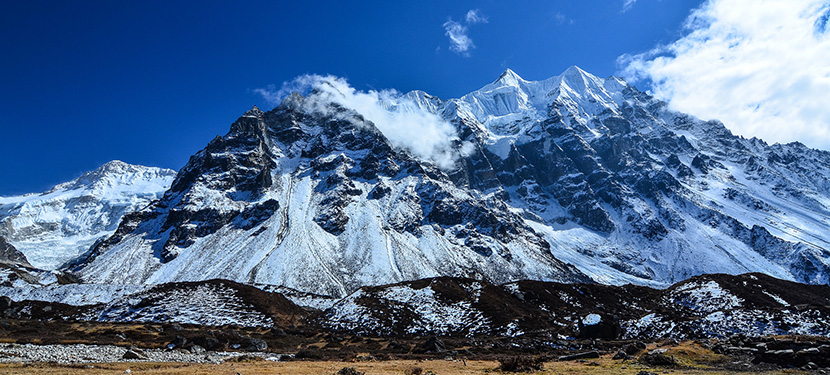
Situated ideally out to the east of Nepal's and nearby Sikkim and Tibet, the remote and distant Kanchenjunga region is one of the least populated locales in Nepal but offers exquisite trekking routes. If you are tired of being on jam-packed trekking trails with several other trekkers from around the globe, then this trek might just be the one for you. Walk-in peace through the local villages of Rai and Limbu communities with musk deer, red panda, and blue sheep.
Preparations and initial fitness
In basic words, if you can walk a couple of hours for a couple of days then it will come as an advantage to you during your trek. Take some time out and prepare yourself for the upcoming venture because once you start walking through the Himalayas you will need all your physical fitness with you to finish your trek successfully. Also, another thing about being fit is that it helps you to easily pass through slopes, backwoods and make your trek more delightful which in turn shall help you achieve your dream trip in Nepal.
Fundamentally, you are also recommended to get involved in some kind of physical exercise that draws out the sweat from you. It may sound peculiar but taking some long-distance hikes can be a general way to train yourself for your trek. Also, cardio practices and extraordinarily working out on your legs are exceedingly recommended. So try not to miss your leg day at the gym. Simply put some kind of physical exertion with positive outlooks and you will be prepared to trek in Nepal.
Guides and Porters
The majority of trekkers may surmise that a guide's occupation is just to demonstrate or show the trail ahead however a guide is a person with years of trekking knowledge who coordinates the entire trek while being a friendly companion that can help you in life-threatening situations. A guide can in general cost around $25-30 per day and a porter might cost around $15-20 per day. But remember having a guide and porter easily increases the chances to explore undiscovered regions and learn some new things throughout the way. Even though only about 20% of the current Nepalese guides can speak fluently in English, nonetheless you won’t have to worry as you can have a simple conversation with them without any huge problems. Moreover, nowadays “Female guides” are also becoming more presented in tourism sectors which is a positive Having a guide can increase your survival as they can find help to rescue or evacuate you when crisis arise in the Himalayan Mountains.
Visa and Trekking Permits
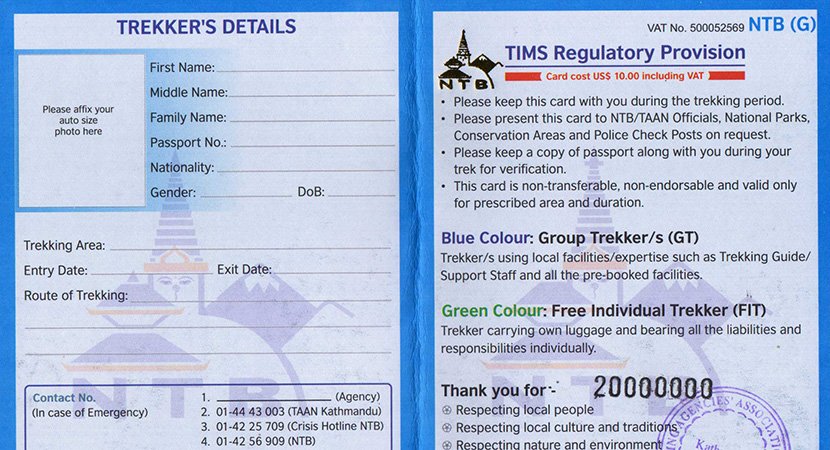
Nepalese Visas are accessible on landing in the International Airport terminal in Kathmandu and at all land border crossings that are allowed to let in travelers and tourists. In those cases, you simply need to have your passport size photos and some cash to pay for the visa expenses (a few crossings demand installments in US dollars).
If you trek freely, you'll have to get the correct “Trekking Permits” and pay any extra charges before your trek. Each trekker in Nepal needs a TIMS card (Trekking Information Management System), which costs around $20. You can get your TIMS card and pay your entry charges at the Nepal Tourism Board Office in Kathmandu or Pokhara before your trek. It's furthermore to be expected that you'll have to pay for national park entry fees too.
Travel insurance and Safety considerations
It is very highly recommended to be provided with or obtain travel insurance by purchasing if you wish to make a trip to Nepal. In reality, trekking in Nepal without proper Travel insurance is not even to be considered as Nepal offers so many rural trekking destinations which do not have any kind of emergency services for travelers and trekkers alike. So having Travel Insurance sure can come in handy if your trek starts going south. Do note that while selecting travel insurance for your trek in Nepal, make certain to buy a plan that will cover high altitude trekking and helicopter evacuations if needed.
Also, the other thing to keep in mind is that if you suffer from pre-existing health conditions then do check with an expert physician before coming to Nepal. And lastly, you must avoid alcohol, cigarettes, and sleeping tablets during your endeavor at high altitudes if you are to finish your trek successfully.
Learn about Altitude Sickness
One of the significant issues that a larger part of trekkers need to confront amid their trek is High Altitude Sickness. Also, this is particularly most worrisome for trekkers who have never been to landscapes with high elevations. So to make the acclimatization process faster and easier for you, do follow the secret rule of trekking high and sleeping low. No doubt it's will be a test which must be confronted in a trek usually by the trekkers who trek high too hastily as moving too fast doesn't allow ample time for their body to adjust to the surrounding environment and altitude with a low level of Oxygen noticeable all around.
Hiring a reliable trekking company
One of the principal thing before preparing your trek to Nepal is that you should hire a decent trekking company which can provide you with every one of the necessities and administrations that you may require amid your trek. From our point of view, we recommend everybody to first find themselves a reliable trekking company which can help you trek in Nepal without any hindrances. While hiring a trekking company you do have to keep in mind their authenticity, legality, and either or not if they can provide help if some unthinkable events occur. What's more, if necessary to be saved because of a few wounds or ailment, the trekking office should send a helicopter for you. So with a straightforward thought simply go to a decent trekking organization before beginning your trek in Nepal. In highlight, the positive side about employing a local trekking company is that you don't need to stress considerably over cash because the cash agreed back in Kathmandu will cover all the expenses of your trek which include food and accommodations completely on your trek.
Accommodation and Food
Generally, at most of the popular trekking destinations, several Teahouses or lodges are made available for trekkers who wish to spend the night there and have some locally cooked delicacies. These tea houses are effectively clean and provide basic to standard considerations on a twin-sharing basis. Amid your trek, you can get basically anything at a cost but know that "Dal Bhat" is the staple food that is predominantly and mostly available. Trekking staples like Dal Bhat are usually satisfying, healthy, and stacked with calories to keep you energized up for your trek. However, it can be changed to other dishes like pasta, pancakes, and pizza of your liking. Treats like chocolate bars can also be acquired here and there during your trek courses.
Water
If you are wondering about the situation of drinking water in Nepal then you need to stick with filtered water, which can be found pretty much in every store throughout the nation. Normally, charging $1.00 per liter a bottle, buying it necessarily can be good for you but not for the environment. And you have to know that as you get higher the price for the bottled water increases. So at higher altitudes, it is better to have some boiled water as it can help you fight the cold climate of those regions. Other than that use of Water treatment pills or SteriPEN Ultra are some popular water purifiers among tourists in Nepal. Also, the Electrolyte tablets will restore some of that salt you're sweating without end which will in a positive manner end up being helpful for you.
Budget and cash
Sadly, several trekkers once in a while hurriedly make their budget plan without proper thought and planning which later on turns out bad. In that sense, you need to pre-arrange your entire expenditure plan for the trek before you come to Nepal. Firstly, look through all the data/information accessible to you and discover the treks that fit appropriately with your assessed expenditure so you don't have to stress over being overcharged. We also propose planning and expenditure expenses of 1500-2000 rupees a day to cover each one of your hotel and food. Likewise, to remember is that in Kathmandu valley ATMs typically just permit withdrawals up to Rs35,000 a day. In this way, on the off chance that you have to pull back more cash, it is profoundly recommended to be done ahead of time as there aren't many ATMs on the way.
Transportation around Nepal
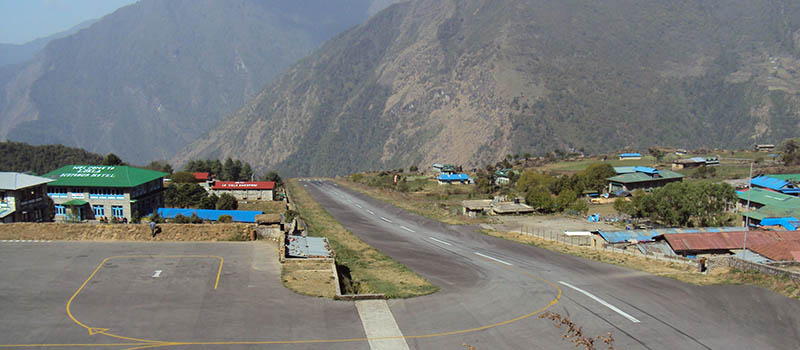
Most of the guests who arrive in Kathmandu, the capital city of Nepal will learn to a point that transportation around Nepal is moderate going. Time-consuming transport rides scratched off flights, and surprising delays are unfortunately some of the things which you need to ready to face if you want to explore Nepal in its authentic way. So make a point to give yourself a couple of extra days while arranging your trip and grasp the experience. Most prevalent treks withdraw specifically from Kathmandu or Pokhara, the second biggest city in Nepal. A few treks are open utilizing flight, yet many require a lengthy transport or jeep ride to the initial destination of your trek. Local transportation tends to be less expensive, however, Tourists have the alternative option to travel more luxuriously but significantly more expensively.
Note: Flight departure and schedules may get altered due to some climate/weather-related issues majorly in the high altitude routes between Kathmandu – Lukla, and Pokhara – Jomsom. So having some 1-2 days for contingencies like these will be advantageous for your trip.
Showering amidst trek
The climate primarily in the Himalayan region is usually icy cold so having a day-to-day shower is actually not feasible because at high elevations you have to keep your body warm. But if you wish to take a cozy shower then do note that many teahouses or lodges at lower altitudes booked for your overnight stays have attached bathrooms where the shower is made available. Then also if you intend on having showers at higher altitudes, get ready to pay a hefty sum of money as at higher altitudes everything gets much more expensive and the teahouses/lodges don’t have attached bathrooms like their counterpart at lower altitudes.
Mobile Phones and Wi-Fi
Technology has become a major part of our everyday life and so we have now become habituated with our hands touching our most valued mobile phones. It may occur to you that while trekking, you may want to bring your mobile phones to take some selfies or call back home and so in a sense we do know the importance of having your mobile phone during the trek. So first of all let me tell you that you can easily buy a Nepalese Sim Card (Ncell / NTC) for your phones and get connected with your loved ones even in the higher altitudes of Nepalese terrains through 3G. But you also have the alternative of Wi-Fi available during your trek mostly in the tea houses and lodges of your stay which of course is going to be a bit expensive but worth it if you really want to stay connected with the outside world throughout your trekking period.
Electricity and Power
While trekking in an isolated region can be very good for adventure seekers and travel enthusiasts who love traveling into the wilderness but usually one tends to find places with electricity to charge their electronic equipment like cameras and mobile phones. For your concern, let me tell you that “Electricity” is usually available in the main dining area of a tea house/lodge and can cost a fee rate of $1-2 on an hourly basis.
Luxurious items
These are not particularly essential for your trek but rather these are conditional items that depend upon your choice of travel on the off chance that you want to bring these things. However, they can unquestionably be useful now and then. You may bring Solar chargers, particularly on the off chance that you are going out on a remote trail where electricity might not be available, iPod, GPS, and other electronic devices which you depend upon.
Responsible Eco-tourism
Ecotourism in Nepal is currently engaged in its initial advancement but it is becoming a major part of every trek nowadays. Nepal is one of those nations where you can discover authentic ecotourism wanders that are adjusted to feasible tourism improvement standards and issues. Being a responsible trekker during your trek can be beneficial to the locality in which you are trekking by helping in its conservation and development. Ecotourism in Nepal is developing and prospering so being able to lend a hand can surely be valuable which will in time be appreciated by the local communities.
Trekking in Nepal has all the necessary elements to help you get a trip filled with sentiments of warmth & happiness from the Himalayan nation and the general population living there. Hence, with regards to Nepal, one can really say that you'll require an enormous appetite for adventure to fully indulge yourself in its incomparable trekking destinations




